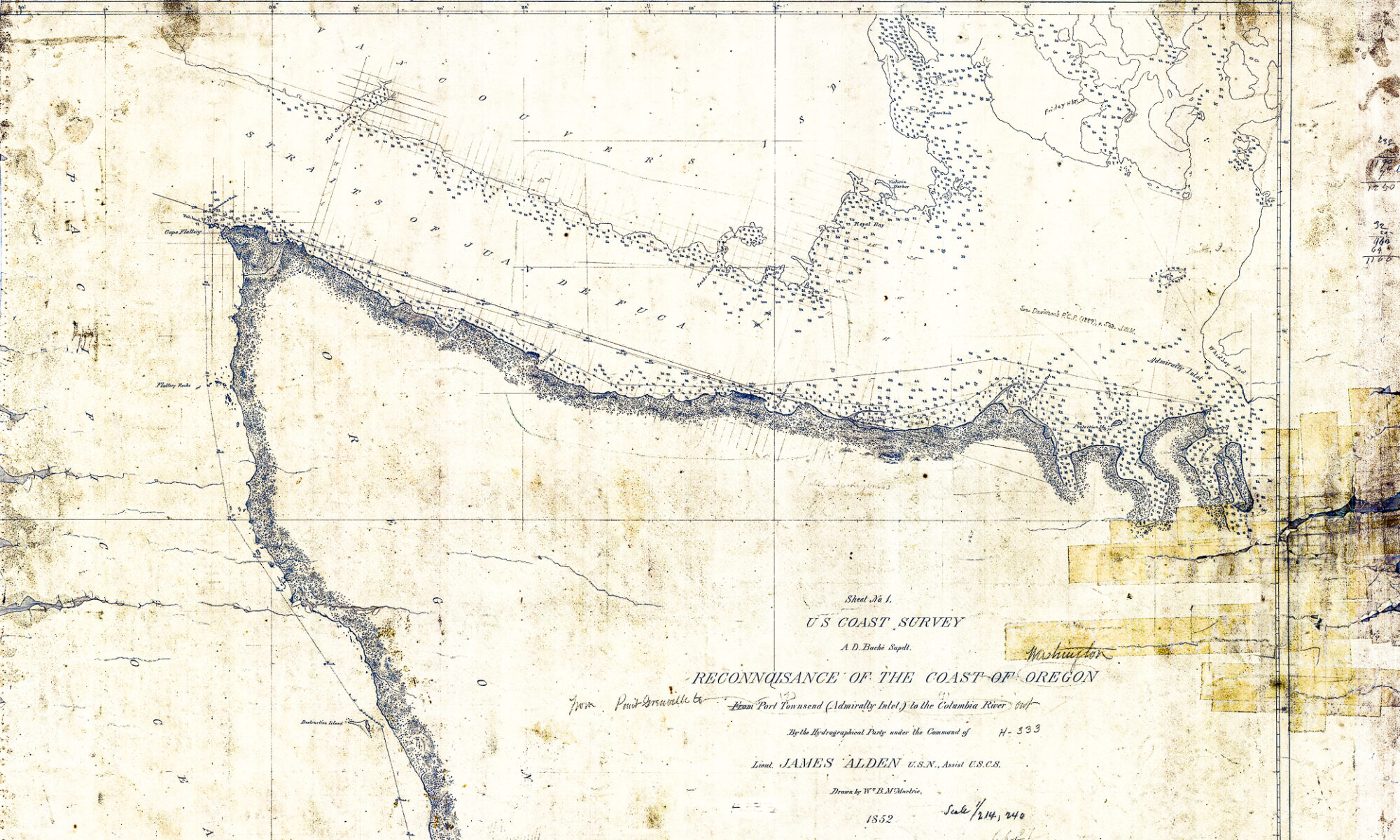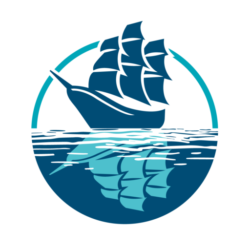The Search
At the time of the wreck, the Dix was too deep for locals to attempt any serious recovery. It was not until a century later that groups with modern technology began to seriously zero in on and postulate the location of the wreck. Below we have detailed the significant stages that preceded our discovery.
2008 – Seafloor Systems
In 2008, a company called Seafloor Systems tested equipment in Elliot Bay and imaged what we would eventually identify as the Dix. At the time, Seafloor Systems did not attempt to identify what they imaged.

March 2011 – SL Hydrospheric
Three years later, a company called SL Hydrospheric imaged the wreck shown above. Based on the shape of it they concluded that it was not the Dix. From then on, they referred to the wreck as “The Schooner.”

May 2011 – False Announcement
Only months after SL Hydrospheric imaged “The Schooner”, two local divers claimed they had found the final resting place of the Dix. They used information published by NOAA. Several newspapers announced this as the discovery of the Dix. However, when investigated by the OceanGate Foundation it was admitted that they had been mistaken.

Following the false alarm, many assumed the Dix had been discovered. And so the Dix‘s final resting place remained just another mystery of our region’s maritime history.

